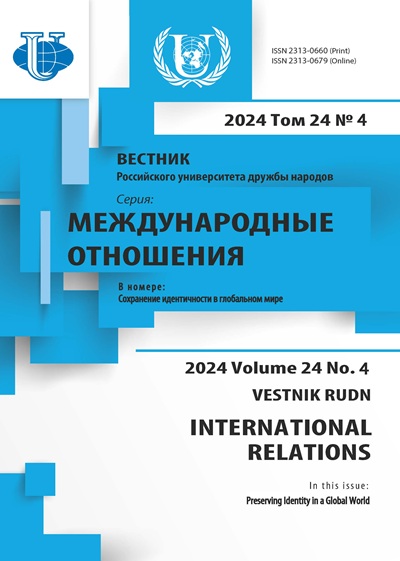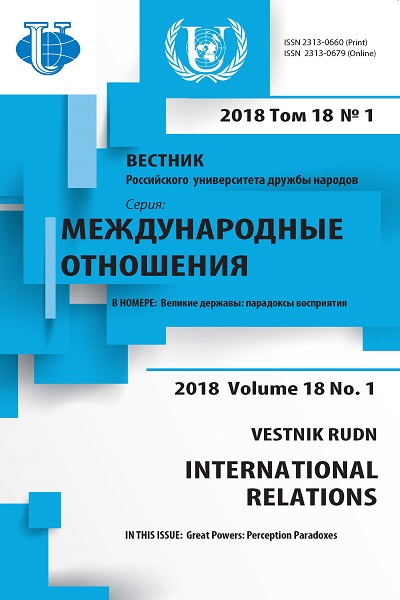Abstract
The article covers the main phases of the evolution of Eurosceptic sentiments in Italy since the very beginning of the country’s participation in the European integration. Although the current state of Euroscepticism is being much examined and discussed in academic circles, until now Russian political science has paid little attention to the analysis of the roots, sources and transformation of Eurosceptic ideas and examination of their main supporters in the historical perspective, especially when dealing with traditionally Europhile states such as Italy. The research is exploratory and its purpose is to trace back the history of the diffusion of Eurosceptic ideas, examine the main reasons for their rise and find the differences and similarities in the party-based Euroscepticism of the First and Second Republic. The author applies a historical method which traces the emergence and evolution of Euroscepticism as a political and social phenomenon in both political circles and society. Besides, the author makes use of comparative analysis in order to distinguish ideological Euroscepticism from strategic one. As a result of the research the author draws a number of important conclusions. Firstly, Euroscepticism as a political phenomenon in Italy dates back as far as the early 1950s, when Italy made a choice in favor of Atlantic and, therefore, European bloc. Secondly, the main advocates of Eurosceptic ideas during the First Republic were Italian communists and socialists whose Euroscepticism was ideological. Thirdly, the end of the First Republic paved the way for new parties which managed to make use of strategic Euroscepticism in order to woo the electorate. Finally, among the main reasons that contributed to the Italians’ disappointment with the EU there are the deepening of integration and at least two serious crises: the financial and the migration one. As for the practical relevance of the paper, its conclusions can be used in order to understand and explain similar processes in other EU member states, forecast further fate of Euroscepticism in Italy and build up relationship between Russian and Italian political parties if common interests are found.











